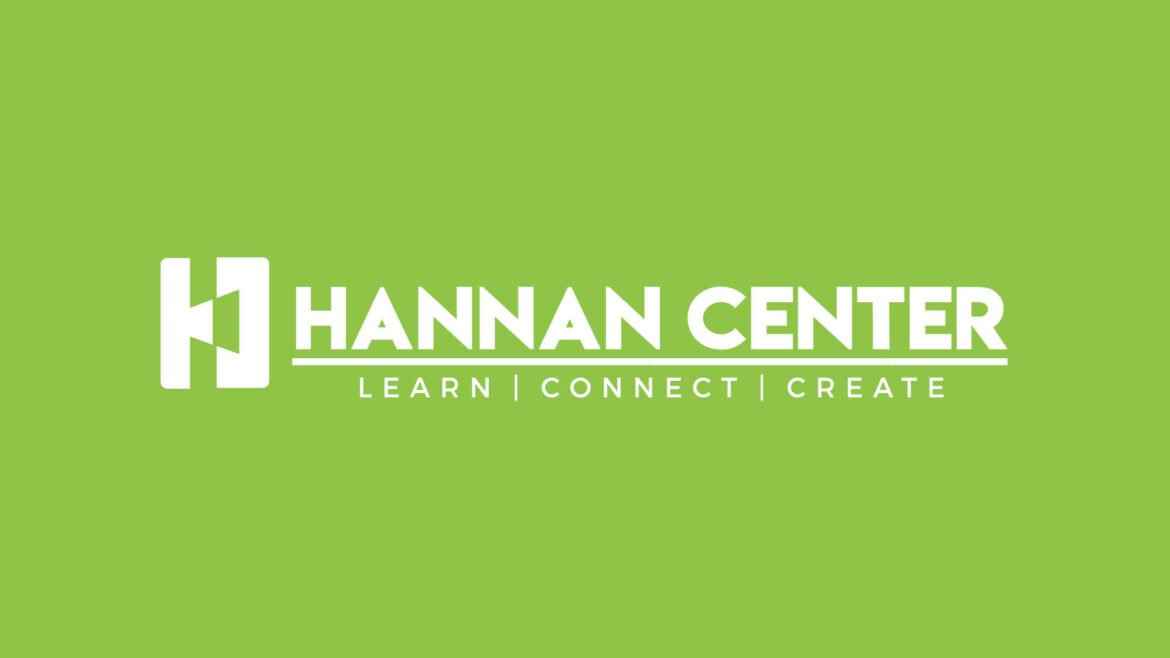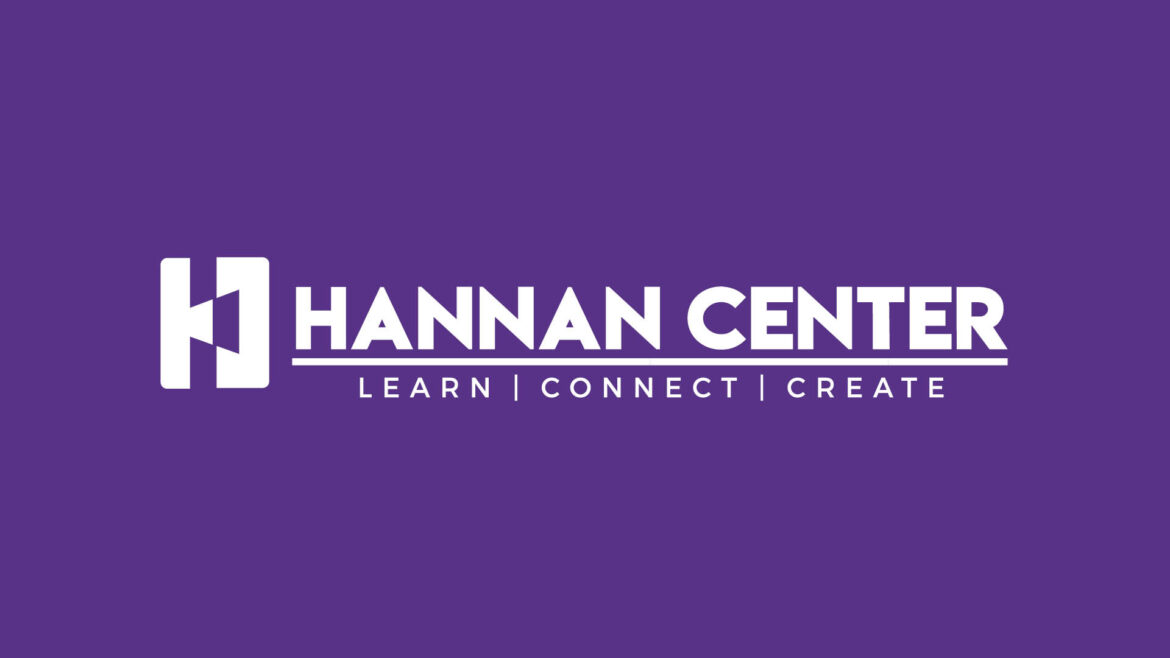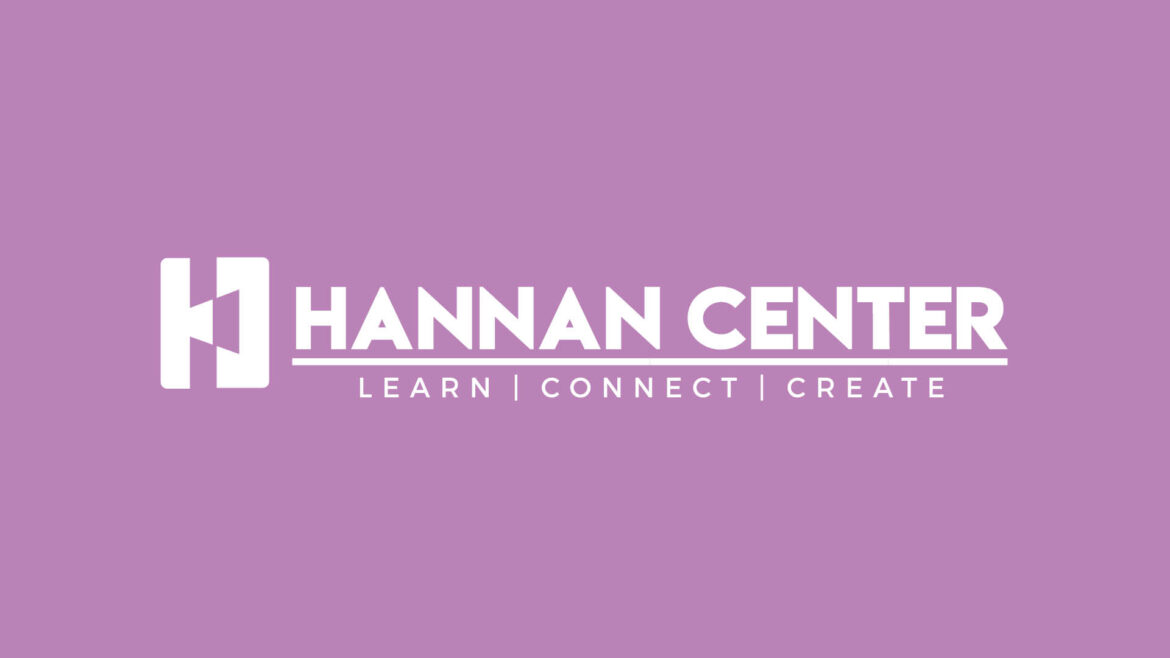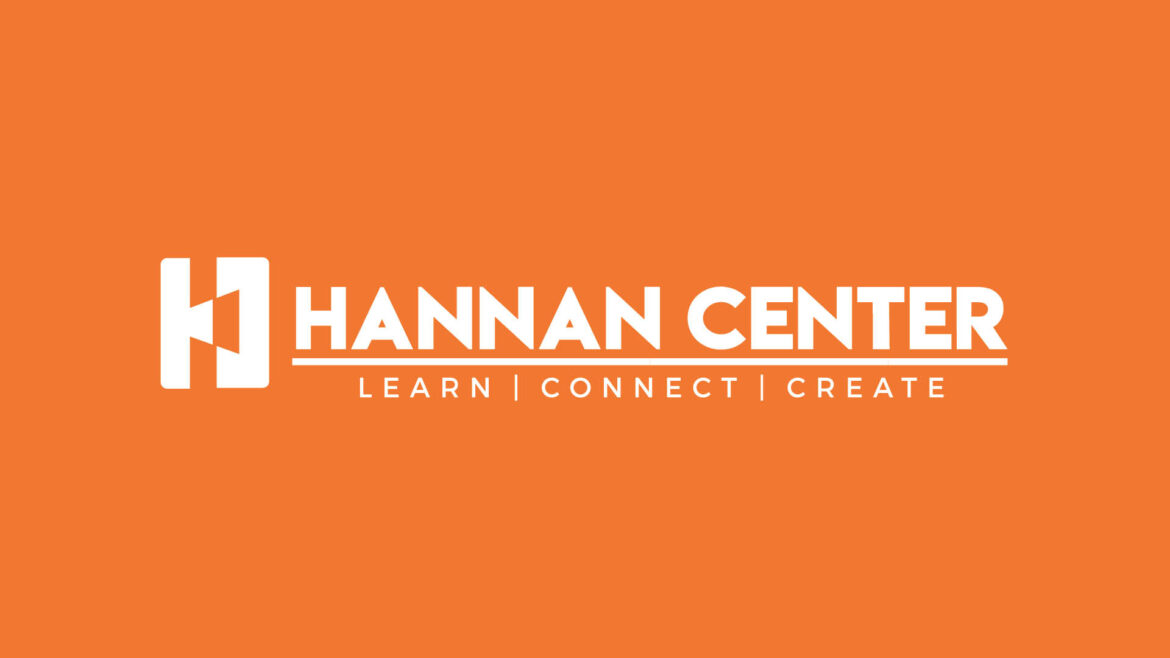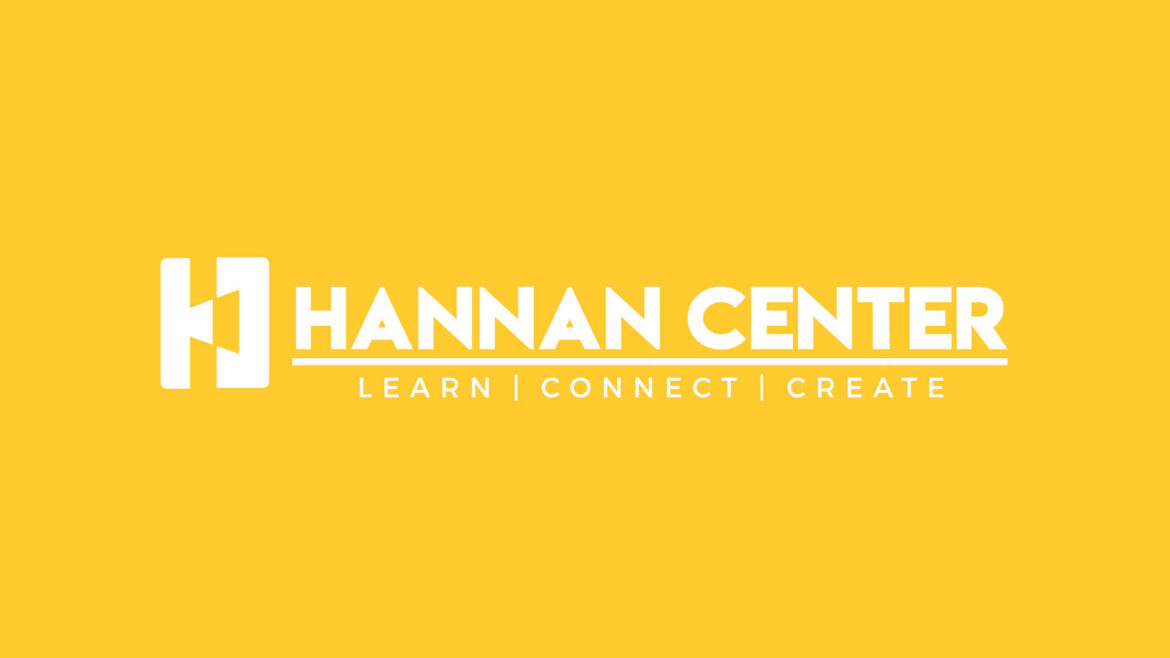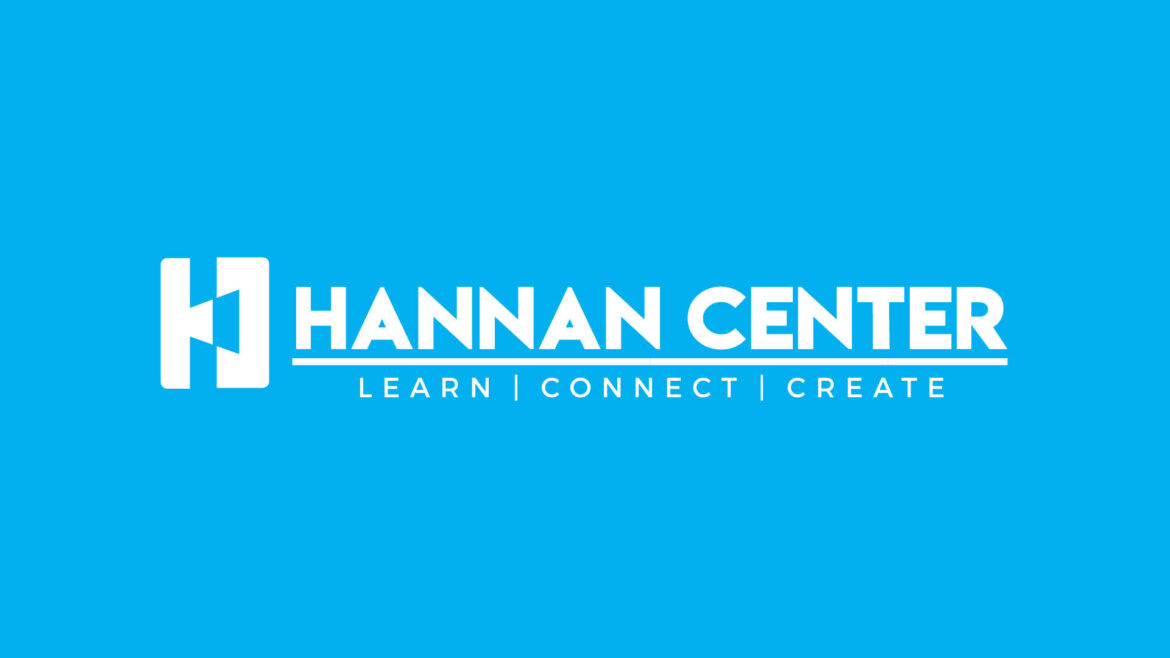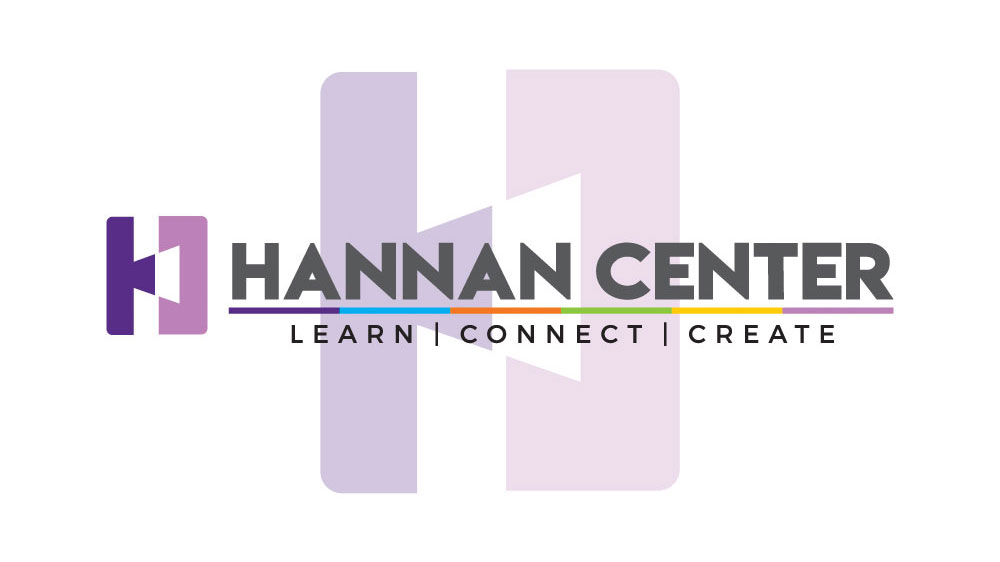Shared by Vincent Tilford – CEO/President Hannan Center, Midtown Detroit
Growing old is like a surprise party you knew was coming but still were not quite prepared for. When we are young, we poke fun at aging, playfully tossing around terms like “fossil” and “past your prime” at anyone over the age of 30. Fast forward a few decades, and suddenly, we have more hair in the comb than on our heads. Nine p.m. becomes the new midnight (8:00 pm for me), and our bodies now provide their own soundtrack of creaks and groans every time we stand. But aging is not just about embracing self-deprecating humor, I believe it’s an art form, a skill we can refine with a few simple tricks that don’t require us to be “super seniors” with Pepsodent smiles and bottomless wallets to enjoy anything that life has to offer.
Let us start with the timeless adage, “Use it or lose it.” In the bloom of youth, a gym membership is a ticket to flexing in front of mirrors while casually lifting weights. As the years add up, it is less about the flex and more about being able to tie your shoes without sounding like a grunting sow.
Bending over to touch your toes turns from a simple stretch, into an episode of “Twister: Solo Edition.” Yoga classes transform from a cool-down exercise to an essential routine, ensuring you can don your socks without calling for backup. It is not about bulking up anymore but ensuring you can walk up a set of stairs without drafting a will halfway.
As we age, who said exercise needs to be a chore? We can easily find ways to integrate more movement into daily life. Take the stairs instead of the elevator – consider it your personal Everest. Park your car at the far end of the lot; those extra steps count, even when it feels like a trek across the Sahara. Get outdoors – walk, hike, or garden. It is not just about admiring nature; it is about ensuring you can still navigate through it all without needing a GPS or a personal sherpa. The goal is to aim for being just out of breath, not so much that you feel in need of a lung transplant.
Now, let us talk about social gymnastics. Being socially active is like kale for your brain, minus the bitter aftertaste. Chatting with friends, arguing with family, and engaging with community members are not just fun pastimes; they are essential for mental fitness. These interactions are crucial in dealing with the stresses of aging, from health issues to losing loved ones. And being social can help slow down the brain’s version of rust – – –
cognitive decline. Every discussion is a chance to oil the cogs in your mind, keeping
them running smoothly. So, dive into conversations, join clubs, or engage in healthy
gossip (ok, maybe nix the gossip). Your older brain will thank you!
A final thought, one of the best things we can do for our aging bodies is to feed our minds with positive thoughts on becoming older. Dr. Becca Levy, in her insightful book “Breaking the Age Code,” highlights the power of positive thinking in aging. She found those harboring positive beliefs about growing old extend their life expectancy by a whopping 7.5 years. That is right! Being optimistic about aging does not just make you a pleasant person to be around; it is practically a life extender. Levy’s research is atestament to the mind-body connection, showing how our attitudes towards aging can physically shape our health. Remember, thinking young is not about denial; it is about defiance!
Aging with grace is not about breaking the laws of biology. It is about embracing them with a wink and a nod. It is acknowledging that while you may not be the spring chicken you once were, you are now a seasoned bird with more stories to tell. It is about finding humor in the new realities, like marveling at the newfound ability to predict the weather with your knee pain or celebrating the senior discounts that feel like society’s payback for making it this far.
In essence, aging well is a blend of physical activity, social engagement, and a healthy dollop of positive thinking. It is about moving enough to keep the joints oiled, socializing often to keep the brain sharp, and plenty of laughter to keep the heart light. If life is a journey, then aging is just taking the scenic route – slower, yes, but with so much more to admire. So, as we march (or sometimes hobble) into our golden years, let us do it with a smile on our faces, a spring in our step (or at least a determined shuffle), and an unwavering belief that the best is yet to come.

